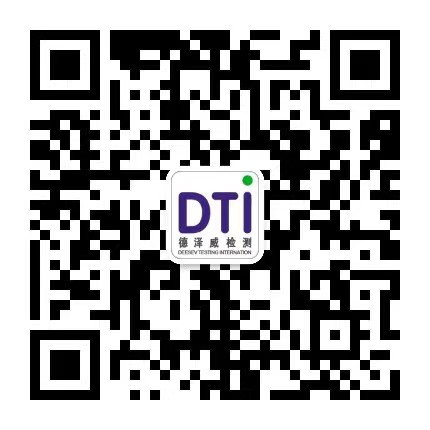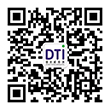How to apply for MSDS test report for chemicals
Date:2025-07-25 09:27:04 Classification
:【question】 Visits:
The following are the procedures and precautions for the MSDS (Material Safety Data Sheet) or SDS (Safety Data Sheet) test report of chemicals, which are organized in combination with regulatory requirements and practical points:
I. Clarify the core role and applicable scenarios of MSDS
1. Legal mandatory
- China's "Regulations on the Safety Management of Hazardous Chemicals", EU REACH regulations, US OSHA, etc. all require chemical production/import and export companies to provide MSDS to explain the physical and chemical properties, hazard protection and emergency measures of chemicals.
- Uses include transportation, warehousing, import and export customs clearance, workplace safety tips and other scenarios.
2. The difference between MSDS and SDS
- MSDS: Applicable to the United States, Canada, Australia and some Asian countries.
- SDS: The terminology used by the European Union, ISO and China (GB/T 16483-2008 standard) is basically the same as the content structure of MSDS.
2. Processing procedures (5 steps)
Step 1: Prepare materials
- Required materials:
- Product ingredient list (accurate ratio, ingredients with concentration ≥1% must be listed);
- Product physical and chemical parameters (such as pH value, flash point, ignition point, etc., if no testing is required);
- Company information (name, address, contact person).
- Optional supplements: toxicity data, ecotoxicology study report (if high compliance level is required).
Step 2: Testing and preparation (optional)
- Situations that require testing:
- Unknown ingredients or new compounds;
- Specific parameters required by regulations (such as discharge tests for battery products).
- Preparation standards:
- China: GB/T 16483-2008 (16 items);
- EU: Exposure scenarios (eSDS) and REACH registration number are required.
Step 3: Review and revision
- Key points to check:
- Whether the hazard classification complies with the latest GHS standards (such as flammable liquid categories);
- Whether the emergency measures are feasible.
Step 4: Obtain report
- Time limit: 3-5 working days for normal use, 1-2 days for expedited use (cost increases by 30%~50%);
- Language: Exports need to be translated into the official language of the destination (such as English SDS).
III. Key points
1. Cost control
- Basic Chinese report: 500 yuan/copy;
- Testing fee: Billed by project.
2. Compliance risk
- Ingredient concealment: If dangerous ingredients (such as carcinogens) are not disclosed, legal liability will be borne;
- Update obligation: MSDS must be revised within 15 days after the formula is changed or the regulations are updated (such as EU CLP regulations).
3. Special product requirements
- Batteries/refrigerants: transportation conditions (such as UN code) must be indicated;
- Mixtures: provide the concentration range of all components.




 Shen Gongwang Security: 44030602006947
Shen Gongwang Security: 44030602006947